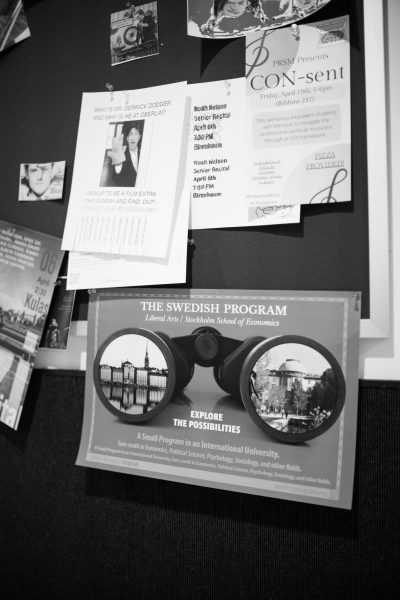Protesting Anti-Democratic Developments in Russia
As you read through this, you are probably stressing over an essay due tomorrow or planning your next steps after graduation. I’m about to graduate from the Biochemistry department and am applying to medical school; like many of you, I feel overwhelmed and exhausted from this tumultuous year. Yet with everything going on in our personal lives, important events happening in other parts of the world slip from us. Though I understand we are all worrying about surviving final exams week, I want to bring attention to what is happening in Russia.
If you’ve been following the news lately, you likely will recognize the name Alexei Navalny. Navalny is the greatest challenger to President Vladimir Putin’s rule and regime. (Here’s everything you need to know about Alexei Navalny.) Earlier this year, Navalny returned to Russia after surviving an assassination attempt, only to be thrown in prison, where he now endures abuse and torture. He went on a hunger strike on March 31 after being denied medical attention as he continued suffering side effects from his poisoning — the means of his failed assassination. During his hunger strike, prison guards woke him up every hour, denied him sleep, and even ate fried chicken in front of him. Russian authorities recently halted work in his offices as part of an effort to label his Anti-Corruption Foundation and network of regional offices as extremist groups (Russian authorities suspend operations of Navalny’s offices). In a country where it is already illegal to disrespect the government and society, Putin’s latest moves should terrify us. As the daughter of a refugee who fled Russia’s antisemitism and political unrest in the ’90s, I wanted to do something.
This spring I took Rhetoric and Social Protest with Visiting Assistant Professor of Rhetoric and Composition Cortney Smith. We looked at rhetorical protest studies and theories and analyzed historical and contemporary social movements and protests, including First Wave Feminism, social protest and sexuality, and the Civil Rights Movement. Professor Smith also gave us the opportunity to work with a specific protest case study throughout the semester. It was an amazing experience, and we all learned about different social movements. For the final assignment, we are all constructing a protest using the platform of our choice inspired by our case study. I want to use this as an opportunity to stage a real protest on campus calling for Navalny’s freedom and to inform Oberlin students about the ongoing situation in Russia. My plan is to stage a single-person picket protest, one of the few forms of legal protest in Russia.
According to Russian legislation, any spontaneous form of protest is illegal if more than one person is involved (How Russian authorities refuse permission for rallies and other protests); Russians risk crippling fines and jail sentences if they violate this law. Until recently, single picket protests were one of the last legal forms of protest in Russia. During my last few trips to St. Petersburg, I saw a young woman hold up a sign protesting the ongoing Network case. She stood on the busiest street, Nevsky Prospect, as pedestrians walked past her. I wondered why no one stopped by to read her sign or join her: Turns out if other people start gathering around the protester, the police can intercept and claim that a single picketer prompted an unsanctioned illegal protest, leading to arrests and fines.
By staging a #FreeNavalny single picket protest outside Mudd Center, I hope to emulate that lone Russian protester. By doing this, I hope to get Oberlin students to notice and ask questions, and ultimately to spark a conversation at Oberlin about the injustices in Russia. On May 4, the last day of classes, plan to see me standing outside Mudd Center.


